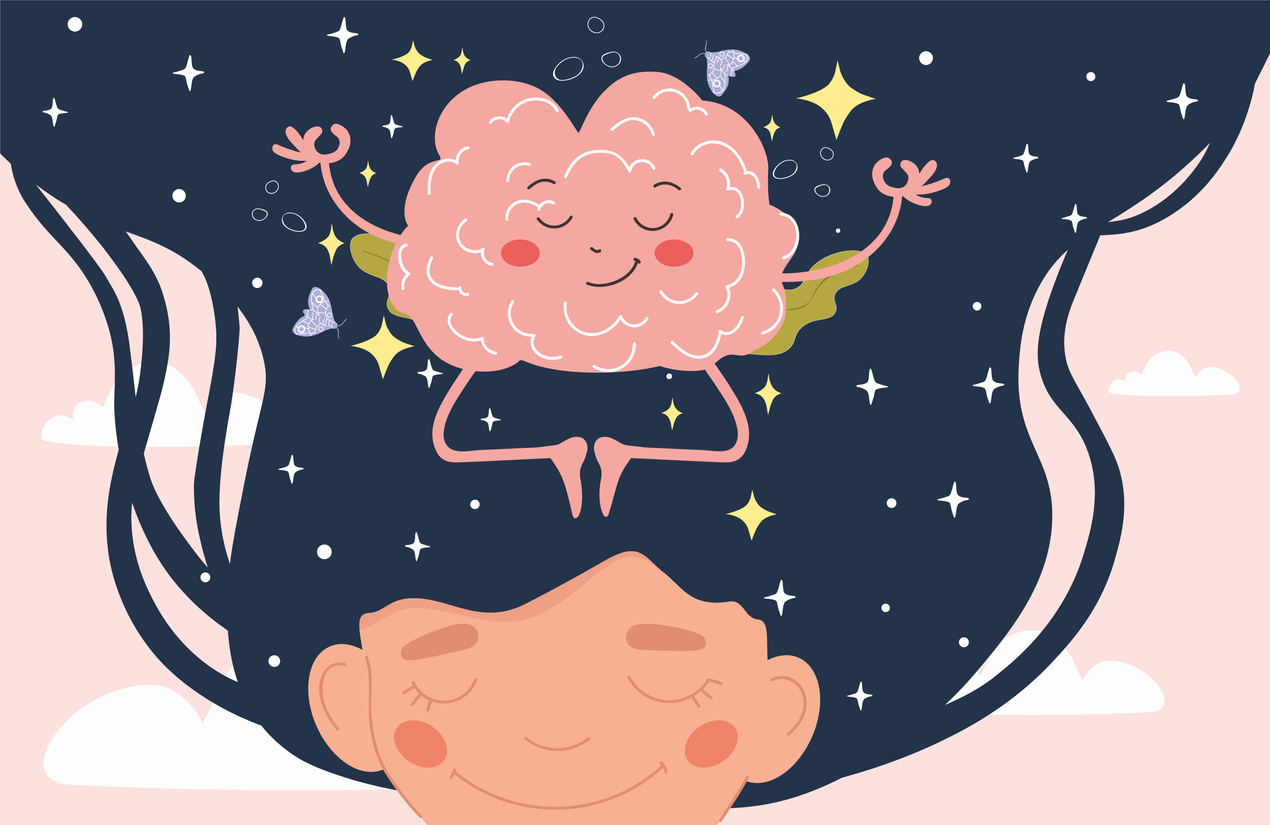Living with Chronic Pain
The Activity Restriction Model of Depressed Affect

The Activity Restriction Model of Depressed Affect suggests that depressive symptoms are not increased by a chronic medical condition, itself, or by its symptoms. Instead, the inability to participate in everyday activities because of the condition heightens the risk of depression. An increase in depressive symptoms may be caused by how the pain interferes with social and recreational activities, rather than by the pain itself. Depressive symptoms, such as lack of energy and decreased mood, contribute to additional activity restriction.
Caregivers are susceptible
This model can also apply in other situations, such as becoming a primary caregiver for a family member or friend. Depressive symptoms may not increase by being a caregiver, but as a result of the interruption in regular activities due to extensive time and energy spent providing care.
Depression
Chronic pain often causes feelings of sadness, anger and frustration. Due to the nature of chronic pain, social isolation can lead to low self-esteem, anxiety and depression. It becomes a vicious cycle — pain causes heightened symptoms of depression, and depression causes increased pain sensitivity. An estimated 30 to 50 percent of people with chronic pain also have a mood disorder, such as depression.
Importance of pleasurable activities
Since depression negatively impacts health, including higher pain sensitivity, greater fatigue, and a weaker immune system, it is important to be aware of the Activity Restriction Model of Depressed Affect. Consider the importance of social and recreational activities as they relate to depressive symptoms. Reduction in activity restrictions and re-engagement in pleasurable activities may decrease depressive symptoms and lead to improved health outcomes.
Behavioral activation therapy
Individuals with activity restrictions may benefit from behavioral activation therapy. This therapy involves focusing on participating in enjoyable activities that build feelings of success, thereby reducing symptoms of depression. The mindset improves by taking actions to feel better, instead of waiting to feel better before taking action. It is often a technique used with cognitive behavior therapy and other treatments, such as medications, that treat depression.


















